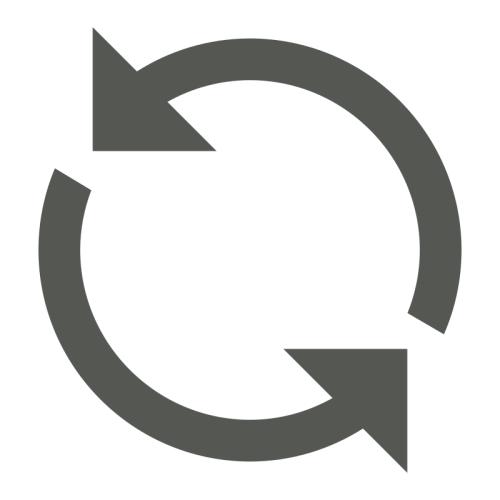Property 3: Multiplying a row (column) of a determinant by a number is equivalent to multiplying the determinant by , that is
.
Proof : According to the definition of determinant , after multiplying the row by the number , the determinant is
Note: The row (column) is multiplied by , recorded as
(or ) .
Corollary 2: The common factor of all elements in a certain row ( column) of the determinant can be mentioned outside the determinant symbol.
Corollary 3: In a determinant, if there are two rows (columns) elements that are proportional, then the determinant must be equal to zero.
For example, the determinant
,
Since the corresponding elements in column and column are proportional, from Corollary 3, we can directly get
.

